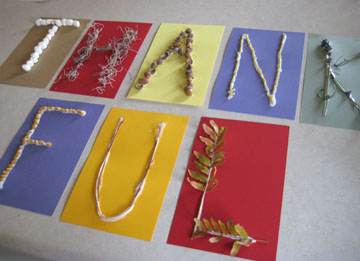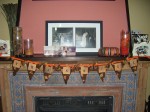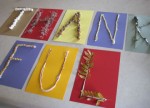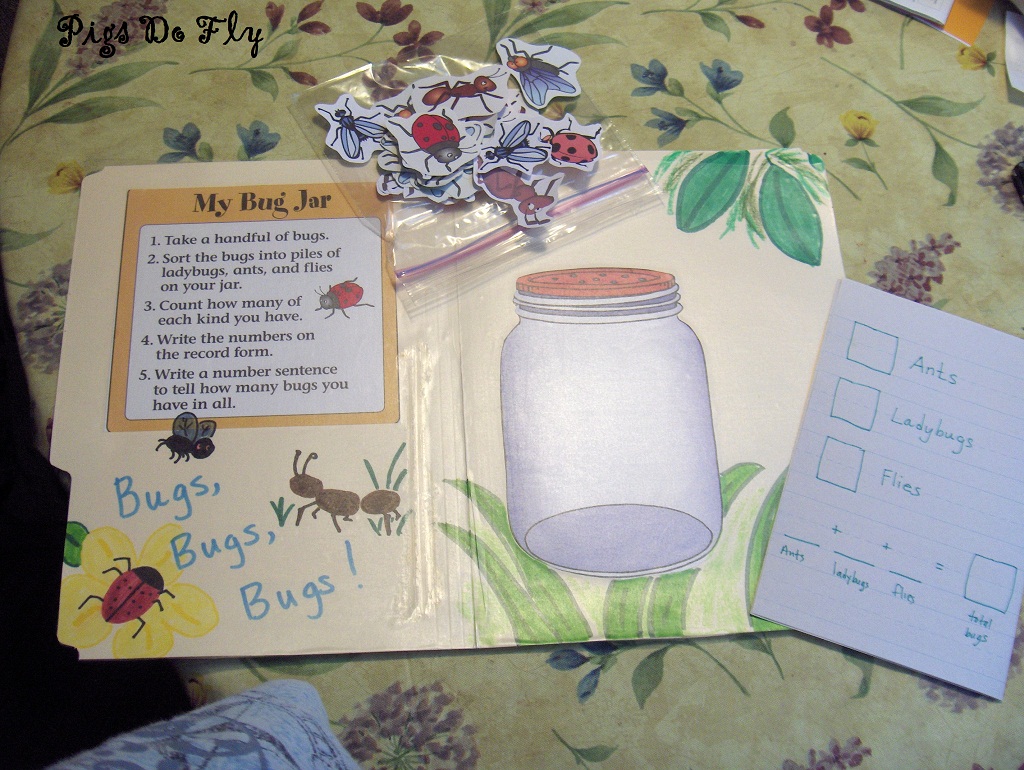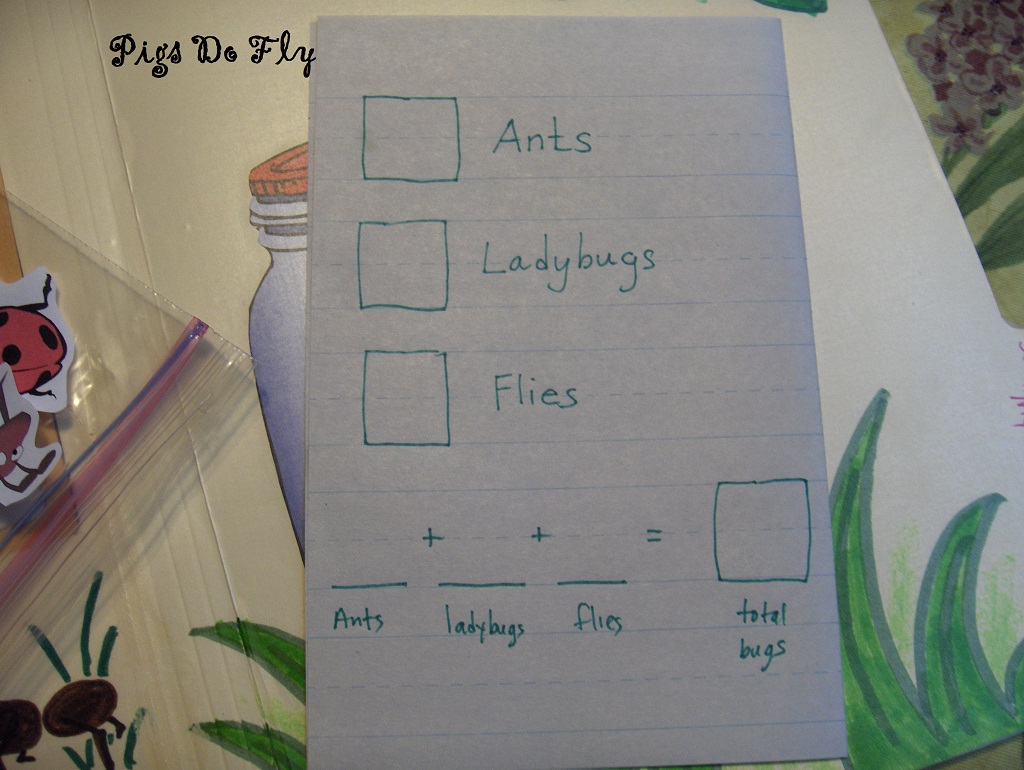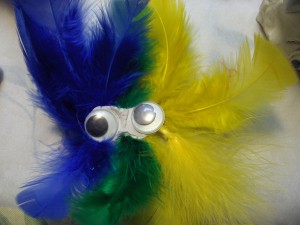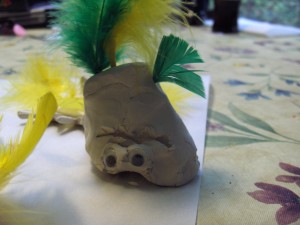You’ll be amazed at what your child is learning and how he’s growing during this busy year.
Â
Remember: Every child develops at her own pace. These guidelines are general. There is a broad range of what is considered “normal.” It’s not unusual for a child to be advanced in one area, and lag slightly in another. Check with your doctor if you have any concerns.
Â
As they make the transition from baby to toddler to independent two-year-old, the going can sometimes be rough, but the results are exciting. It’s understandable why this period is called the “terrible twos,” when tantrums and “NO!” are frequent occurrences. They have intense feelings and mood swings. Two-year-olds are frequently frustrated as they seek to assert their independence, but can’t do more because their language and physical skills can’t meet their needs and desires. For example, they want to be able to dress themselves completely, but they don’t have the fine-motor control to button, zip, or buckle. They have boundless energy, but fight naps. They want to be independent, but often have difficulty separating from parents or caregiver. They have increased fearfulness of the dark, monsters, etc. Add to the mix the emotional demands of toilet training and it all adds up to a sometimes turbulent period.
But it’s also the “terrific twos” because they are more independent, more interested in peers, and more able to concentrate on a project. They thrive on exploration and enjoy fantasy play (a piece of cloth can become a blanket for a doll or a stuffed dog may be imagined to be alive). Twos are developing a sense of humor and are increasingly able to use words to express their needs and emotions.
Â
Language
They are leaning about:
• simple books, puzzles, pictures
• how to enjoy music and rhythm, simple fingerplay
• new words and forming complete and increasingly complex sentences (vocabulary may be around 200 words); using adjectives and adverbs (“a big red ball”; “he ran fast”)
• listening to stories (may have short attention span)
• identifying objects in pictures
Â
Physical
They are developing:
• large-motor skills. They can kick a ball, walk up and down stairs, and can put on a cap or slippers.
• fine-motor skills. They can scribble with fat markers; may be able to thread large beads; feed self with spoon; begin to pour juice from small container to small cup.
Â
Intellectual
They are learning about:
• classification, in broad categories, such as hard/soft; large/small
• body parts; can name nose, eyes, mouth, etc.
• short time concepts such as yesterday and tomorrow (but still have no concrete understanding of longer periods of time — months, weeks)
• how to recount the events of the morning/day
• how to enjoy the process of art projects, rather than being interested in product
Â
Social/Emotional
They are learning about:
• interactive play, but still tend to parallel play alongside a peer
• taking turns, but often with difficulty
• taking pride in creations and accomplishments (“I can do it!”)
• feelings and frequently display aggressive behaviors and increased fearfulness







